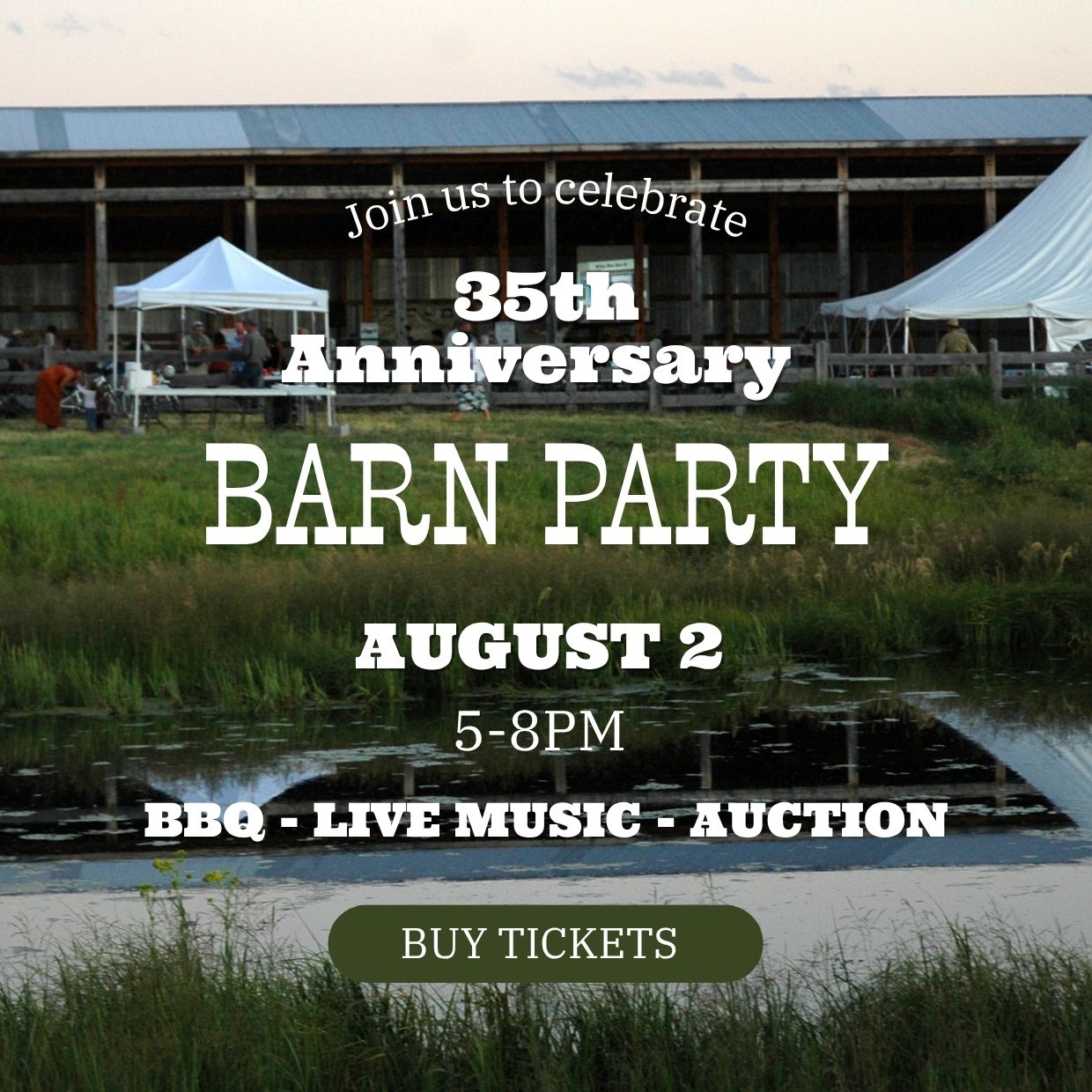800 Acres on the Fall River Preserved
A conservation easement now protects 800 acres of farm land and wildlife habitat just 13 miles from Yellowstone National Park, ensuring that vital big game migration paths remain a part of east Idaho’s wildlife heritage.
The easement protects property owned by Clen and Emma Atchley along the Fall River near the southwestern border of the national park. The easement protects a route used by elk, mule deer and moose to move from the park to escape winter’s heavy snowfall. It also protects two miles along the Fall River. Under the voluntary conservation easement, farming and ranching will continue on the property, contributing to the rural character and economy of the area.
The conservation easement was purchased by the Teton Regional Land Trust with funds from the Natural Resource Conservation Service, the Doris Duke Charitable Foundation and individual donors from eastern Idaho and western Wyoming.
Protecting key wildlife habitat on the Atchley property benefits the public. “The permanent conservation of the Atchley property,” says Idaho Department of Fish and Game Regional Supervisor Steve Schmidt “helps us maintain elk hunting in eastern Idaho.” Schmidt also points out that “protecting the Atchley property will benefit many game and nongame species.”
While wildlife inhabit the south-facing hillsides sloping down to the river, Clen and Emma farm the highlands, growing potatoes, barley, wheat and alfalfa on the rich volcanic soils. When he plants the crops every spring, Clen is working the same ground his grandfather did: four generations of Atchley have farmed, ranched and raised their families near Ashton.
“Ever since I came back to farm,” Clen explains, “it has been our goal to leave the soil and the environment in better condition than we found it. We try not just to sustain our land but to improve its quality with long rotations, best agricultural practices and respect for wildlife habitat. Some ground should be left as it is—beautiful, productive, and undeveloped.”
Emma believes agriculture to be fundamental to society. “All culture begins with agriculture. Artists, poets, –everyone– would have precious little time to pursue their crafts if they had to spend every day seeking food for themselves and their families, “ she observes.
Because Clen and Emma had plans to expand the family’s ranching and farming operation and could use the tax deductions available to farmers who protect their property permanently, they offered to sell a conservation easement—a permanent contract protecting the property’s wildlife habitat and agricultural values–to the Teton Regional Land Trust for far less than its appraised value.
Teton Regional Land Trust Executive Director Chet Work says “The Land Trust is so fortunate to work with willing landowners like the Atchleys. We are inspired by their vision for the future of this property and by their understanding of its importance to the wildlife of the Yellowstone region.”
Conserving lands with the best agricultural soils helps sustain our ability to feed ourselves. That’s the purpose of the federal Farm and Ranchland Protection Program: to keep productive lands in agriculture and ranching.
From the applications received annually, the Natural Resources Conservation Service in Idaho chooses projects that merit funding through the Farm and Ranchland Protection Program. The quality of the soils, the importance of the property to agriculture locally and state-wide and the benefit to wildlife convinced the NRCS to provide the lion’s share of the funding to protect the Atchley property. “The farm’s highly productive soils can provide commodities well into the future. This was one of the reasons we felt the property deserved the protection of a permanent easement,” explained Hal Swenson, NRCS Easement Specialist.
The Doris Duke Charitable Foundation, through its Northwest Wildlife Conservation Initiative, provided private funding for the conservation easement, which was used to leverage the public funding.





